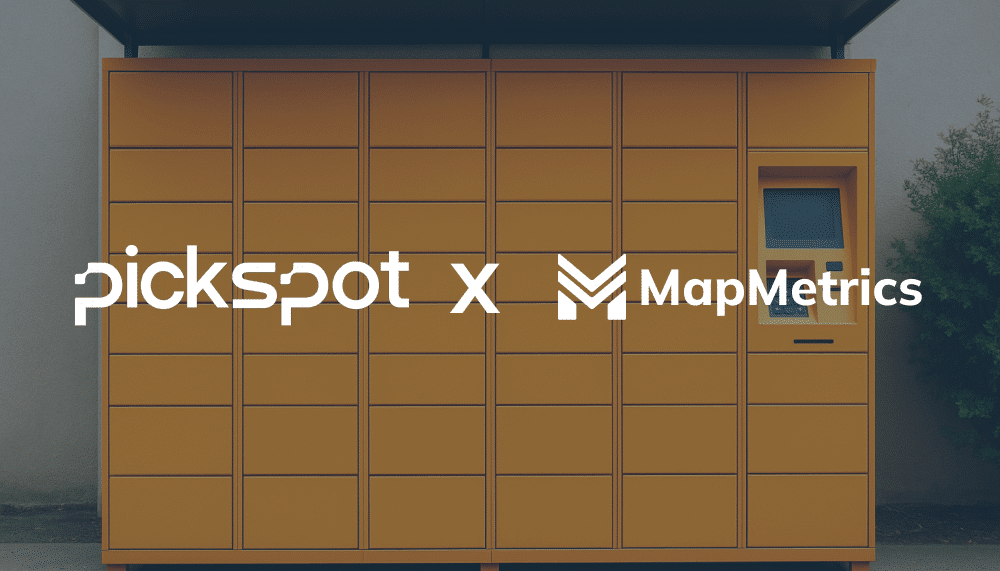
How Blockchain is Powering a More Sustainable Environment
In recent years, the urgency of addressing environmental issues has led to the exploration of various technologies aimed at reducing humanity’s carbon footprint. Among these technologies, blockchain, a decentralized and transparent digital ledger has emerged as a potential solution for fostering a more sustainable environment. While blockchain is often associated with cryptocurrencies and high energy consumption, its underlying technology offers opportunities for environmental protection, from decentralized energy grids to incentivizing eco-friendly behaviors.
This article explores how blockchain is being applied to environmental challenges, examining projects that are actively working towards reducing carbon emissions, promoting transparency in supply chains, and rewarding individuals for their contributions to sustainability. As blockchain evolves, its role in building a sustainable environment may prove to be one of its most impactful applications.
Decentralized Energy Grids: Powering a Sustainable Environment
One of the most vivid examples of how blockchain can help create a sustainable environment is through decentralized energy grids. These grids allow individuals and businesses to generate, share, and trade renewable energy such as solar and wind power without needing a centralized utility provider. Blockchain technology ensures that these transactions are transparent, secure, and efficient, enabling participants to track energy production and consumption in real time.
A standout example is Power Ledger, an Australian blockchain-based platform that facilitates peer-to-peer energy trading. Power Ledger uses blockchain to enable users to buy and sell excess renewable energy directly with one another, reducing the reliance on non-renewable energy sources. By decentralizing energy production, Power Ledger allows communities to become self-sustaining while promoting a cleaner energy future. In this way, blockchain plays a crucial role in fostering a sustainable environment by making renewable energy more accessible and affordable.
Carbon Credit Tracking: Transparent Markets for a Sustainable Environment
Carbon credit markets are an established tool for encouraging businesses to reduce their carbon emissions. However, traditional carbon markets often face challenges with transparency and fraud, where companies may double-count or inflate their carbon offset efforts. Blockchain technology can address these issues by providing an immutable and transparent ledger for tracking, verifying, and trading carbon credits. This ensures that companies can confidently invest in carbon reduction projects and that the markets are trustworthy.
For example, Toucan Protocol and KlimaDAO are using blockchain to revolutionize the carbon credit market. Toucan Protocol tokenizes carbon credits, making them easily tradable on blockchain platforms. KlimaDAO takes this a step further by using its blockchain infrastructure to allow users to purchase and retire carbon credits, incentivizing carbon offsetting on a large scale. These projects not only promote a more transparent market but also ensure that carbon credits directly contribute to a sustainable environment by providing real, measurable carbon offsets.
Reward Systems: Encouraging Green Behavior for a Sustainable Environment
Another exciting application of blockchain for promoting a sustainable environment is the development of reward systems that incentivize eco-friendly activities. These decentralized reward systems use blockchain tokens to encourage individuals to engage in sustainable behaviors, such as reducing emissions, walking, or using public transportation. By linking financial rewards to green actions, blockchain can motivate people to contribute to environmental conservation.
A prime example is MapMetrics, a blockchain-based navigation app that rewards users for contributing valuable map data. As users share data about traffic, routes, and other mapping-related information, they earn tokens. These tokens can be used to plant trees through a partnership with Tree-Nation. This reward system incentivizes users to continuously provide accurate map data, indirectly contributing to environmental sustainability. By offering tangible rewards that support eco-friendly initiatives, MapMetrics motivates users to contribute to a sustainable environment, and the transparency of blockchain ensures that these rewards are distributed fairly.

Supply Chain Transparency: Ensuring Sustainable Sourcing
Blockchain technology is also making significant strides in ensuring supply chain transparency, which is essential for building a sustainable environment. Many industries, including fashion, food, and electronics, are adopting blockchain to track products from raw materials to the consumer. This allows businesses and consumers to verify that products are sourced sustainably, and free from unethical practices like deforestation or labor exploitation.
Provenance, a blockchain platform for tracking product origins, helps companies demonstrate their commitment to sustainability. By using blockchain, Provenance provides consumers with verifiable data about a product’s entire journey, from raw material extraction to production, transportation, and retail. For example, food companies can use Provenance to show that their ingredients are sustainably sourced, while fashion brands can verify that their clothing is made with eco-friendly materials. This level of transparency helps reduce the risk of greenwashing, where companies falsely claim to be environmentally friendly, and empowers consumers to make informed choices that contribute to a sustainable environment.
The Future of Blockchain for a Sustainable Environment
Blockchain’s potential to foster a sustainable environment is immense, and as the technology evolves, its environmental impact will likely increase. With the rise of more energy-efficient blockchain models like Proof-of-Stake (PoS), the concerns over blockchain’s energy consumption will diminish, enabling even more eco-friendly applications. Blockchain’s ability to promote decentralized solutions, enhance transparency, and incentivize green behavior will play a crucial role in shaping a more sustainable future.
While blockchain alone cannot solve the climate crisis, it offers innovative tools for empowering individuals and organizations to reduce their carbon footprints. Whether through decentralized energy systems, supply chain transparency, or reward systems for eco-friendly actions, blockchain can significantly contribute to creating a sustainable environment. By aligning economic incentives with environmental goals, blockchain has the potential to drive meaningful change in the fight against climate change.


